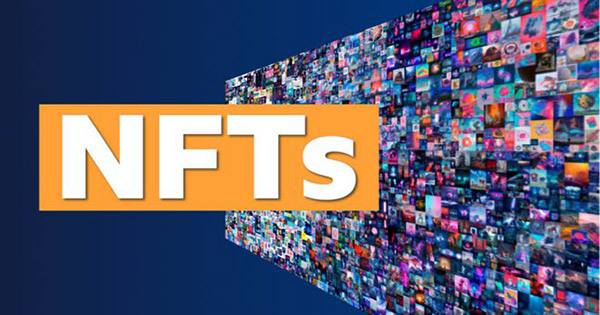My team set an ambitious objective four years ago: to create the best recommendation platform on the market. Since then, our algorithms have enabled businesses of all sizes to give personalized product and content suggestions without the need for cookies or other intrusive techniques. Our algorithms are so exact that they can forecast what else a customer would enjoy based on only a few on-site behaviors. That, on the surface, appears to be the happy conclusion.
NFTs, on the other hand, is unique. The effect of NFTs has grown dramatically in the last two years. Not only do NFTs have a lot of promise for customers, but they also have a lot of potential for artists. The purchase of an NFT reveals not simply a buyer’s taste, but also what they believe to be a sound financial investment.
That potential, however, is not being completely realized. One of the primary challenges keeping NFTs from becoming widespread and digital artists from being amplified is the difficulty to foresee what NFT purchasers desire. The difficulty with NFTs is that it’s practically hard for businesses to deliver appropriate suggestions for new and anonymous customers because of the “cold start” problem.
To begin with, purchasing for NFTs is unlike shopping for anything else we often purchase online. Every week, thousands of new NFTs are acquired and traded; purchasers typically use numerous wallets and are fully anonymous. Each of these characteristics runs counter to what we expect from internet buying. For example, we expect a limited number of pairs of jeans, not an endless supply of options. We tend to attach one credit or debit card, and while the majority of online shoppers are now anonymous, there is generally the opportunity to have a website remembers your preferences.
With the COVID-19 epidemic severely limiting consumers’ capacity to spend discretionary cash on vacation, dining out, and other in-person activities during the past year, some people have resorted to alternative pastimes to fill the vacuum. As a result, the market for memorabilia has exploded, ranging from sports cards to sports vehicles. In recent months, the world of digital collectibles created as NFTs, or non-fungible tokens, has experienced exponential expansion. According to DappRadar.com, NFTs produced more than $1.5 billion in transactions in the first three months of 2021, up 2,627 percent quarter-over-quarter.
The most eye-catching purchases, ranging from a $69 million piece of digital art to six-figure video footage of a LeBron James dunk, have sparked international interest in the embryonic market. According to new data on American hobby habits, male millennials are more likely to be boosting the market for collectibles.














